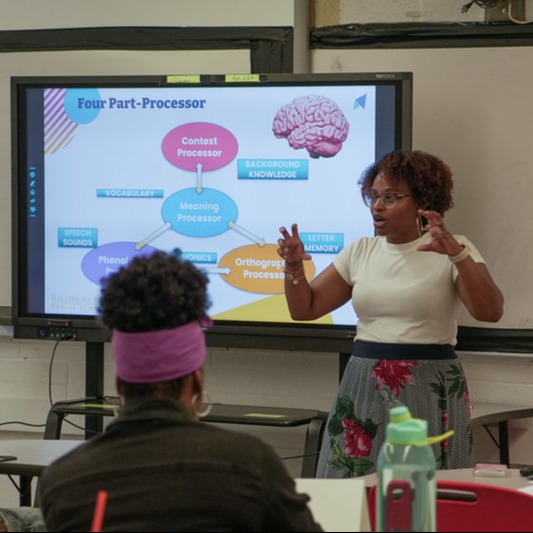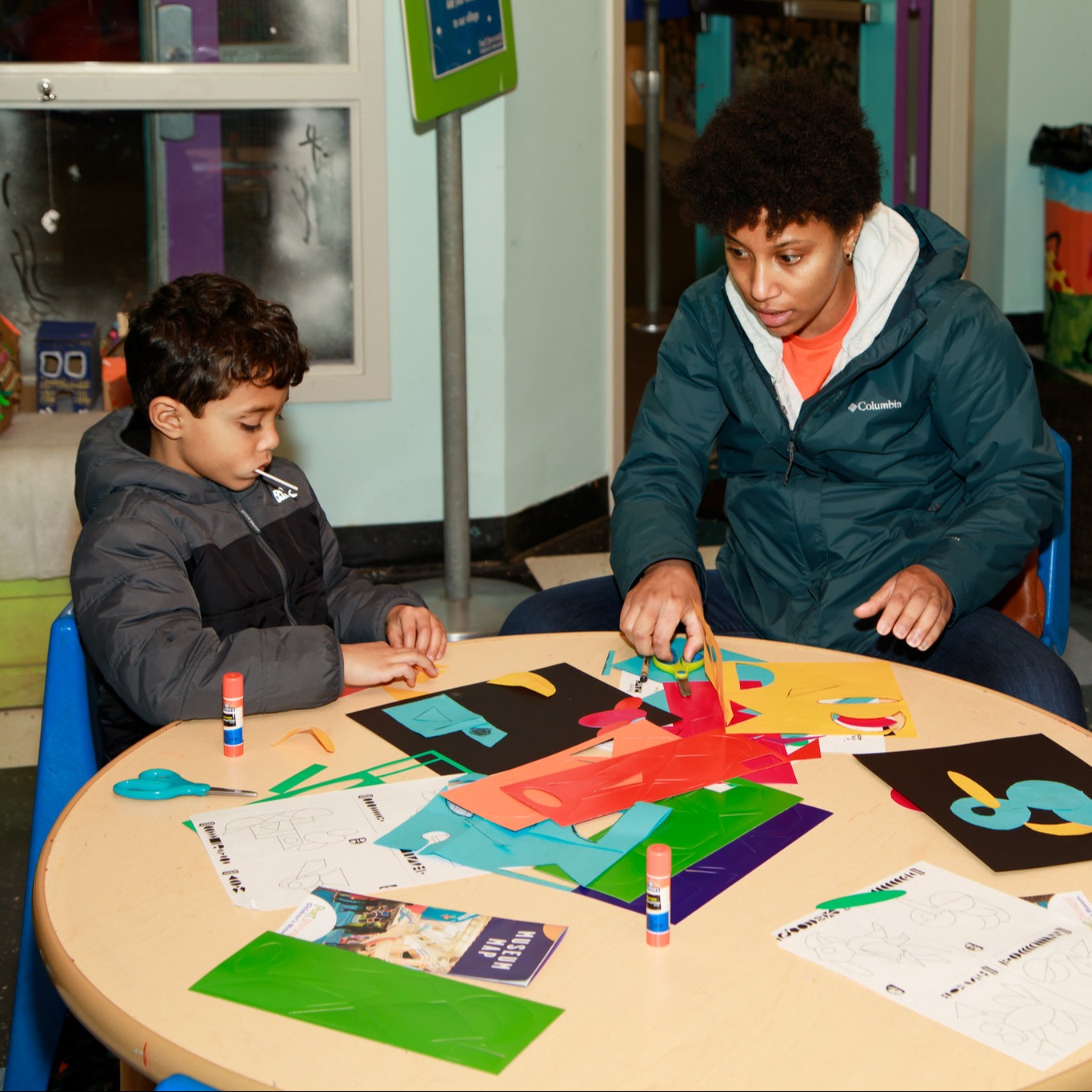
Professional Learning Design Guide
The Professional Learning Designer Guide is a framework that supports educators, leaders, and facilitators in designing, implementing, and evaluating effective in-person and virtual professional learning experiences. It is aligned with the Learning Forward Standards for Professional Learning and the Principles of Adult Learning, offering tools, strategies, and best practices to ensure professional learning is relevant, responsive, and impactful.
This guide serves as a roadmap for creating professional learning that is coherent, aligned with strategic goals, and capable of driving meaningful educator growth and improved student outcomes.
It highlights observable behaviors and dispositions of participants (learners) that signal they are experiencing high-quality professional learning. Each section provides guidance for professional learning designers and facilitators on the specific steps needed to foster these desired learner behaviors and dispositions, ensuring the design and facilitation of professional learning are intentional and effective.
Core professional learning design principle:
The 20/80 principle in the design of professional learning for adults refers to the idea that at least 80% of the learning experience should be active, participatory, and application-based, while no more than 20% should be direct instruction or lecture-style delivery. This principle ensures that adult learners engage with the material in meaningful ways, apply new knowledge in real-world contexts, and develop practical skills rather than passively receiving information.
The 20/80 principle is rooted in several key theories of adult learning:
Malcolm Knowles' Andragogy (Adult Learning Theory) – Knowles emphasized that adults learn best when learning is self-directed, experiential, and problem-centered, rather than passive.
Constructivist Learning theory suggests that learners construct knowledge through active engagement and social interaction rather than just absorbing information.
Dale’s Cone of Experience (Edgar Dale, 1969) – While not an exact percentage-based model, Dale’s research suggested that people remember only about 10% of what they read or hear, but up to 90% of what they do through practice and real-world application.
Research on Active Learning – Studies in adult education and professional development consistently show that active learning strategies (such as case studies, simulations, discussions, and job-embedded practice) lead to better retention and application of knowledge.
Practical Application in Professional Learning
Minimal Lecture: Direct instruction should be brief, focused, and interactive (e.g., 10-15 minutes at a time).
Active Engagement: The majority of the session should include discussion, practice, collaborative work, or real-world application.
Reflection & Application: Adults need time to process learning and connect it to their work. Activities like case studies, role-playing, or action planning help solidify learning.
Job-Embedded Learning: Whenever possible, professional learning should be tied directly to the teacher’s daily practice to increase relevance and impact.
Learner Responsibilities (What should adult learners be doing?) | Learner Dispositions (How should adult learners be doing it? ) |
|---|---|
Preparation and Planning | Attitudes and Emotions |
Collaboration | Time Management |
Application of Learning | Respectful Conduct |
Reflection | Active Engagement |
Continuous Improvement | Openness to Learning |



Breakdown
Match the learner responsibility to the learner disposition by the number!
Learner Responsibilities
Learner Dispositions
